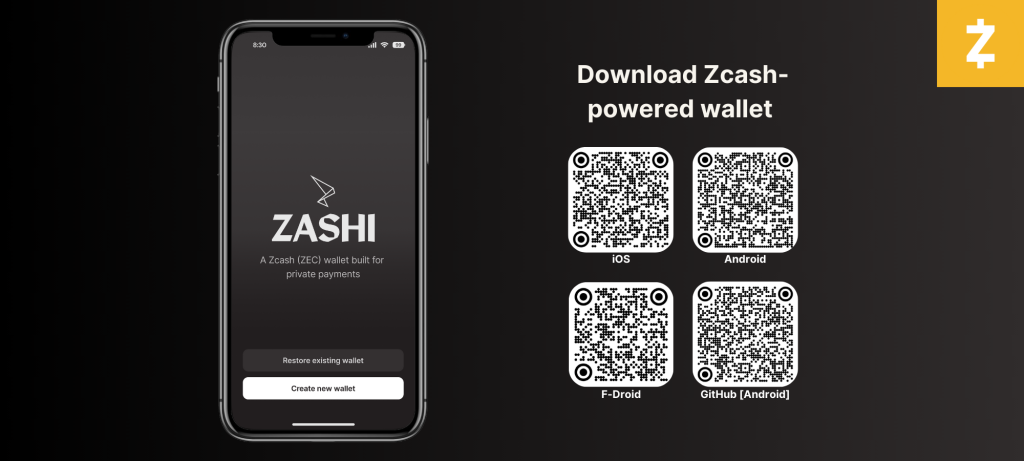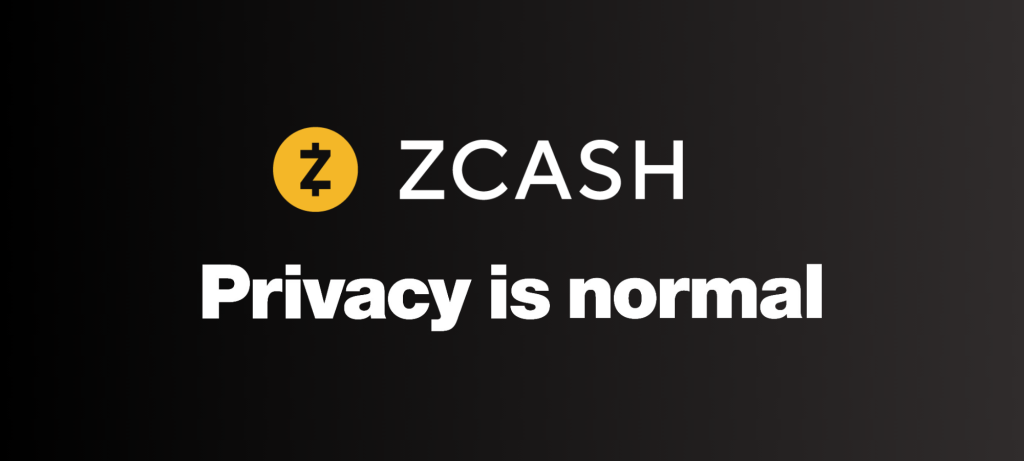
In at the moment’s world, client privateness is commonly promised however not often delivered. In crypto conversations, phrases like “non-public,” “nameless,” and “pseudonymous” are used interchangeably, creating the phantasm of security in programs which are, in actuality, vast open to surveillance by anybody with an web connection. As blockchain evaluation instruments develop extra superior and crimes concentrating on crypto customers rise, understanding the distinction between pseudonymity and true privateness is now not non-compulsory. It’s important. It’s the inspiration for understanding whether or not your monetary exercise is genuinely protected or simply uncovered—and the inspiration for a free society.
What Does “Pseudonymous” Imply?
Public blockchains like Bitcoin and Ethereum are sometimes described as nameless, suggesting that your real-world identification isn’t tied to your on-chain exercise. Nonetheless, that is deceptive—these programs are, at finest, pseudonymous. Anybody can view all transactions, balances, and pockets histories utilizing considered one of many on-line block explorers. Addresses and their exercise are seen to everybody, endlessly.

What most customers don’t understand is that these addresses aren’t that arduous to hyperlink to actual individuals. Consumer identities might be simply established by on-line habits, social media exercise, pockets reuse, purchases, IP information, or leaked change data. In truth, blockchain analytics corporations like Chainalysis and Elliptic have constructed total companies round deanonymizing public on-chain exercise.
Briefly: simply because your authorized identify isn’t seen on a blockchain doesn’t imply your exercise is non-public and can’t be linked to you.
What Does “Non-public” Imply?
Privateness, against this, is about holding your transaction information inaccessible to evolving analytics instruments. Given present advances in cryptography, most of your transaction information doesn’t should be revealed at any level within the first place. A really non-public monetary system protects all information of all customers—not simply their names, however their pockets addresses, pockets balances, quantities they ship, and whether or not particular person customers made any transactions in any respect.
For a transaction to be non-public, it must be cryptographically shielded from public view. Meaning blockchain observers—or subtle analytics corporations—can’t see who despatched what to whom, or how a lot. Even when somebody is aware of your handle, they nonetheless can’t see your exercise—as a result of that data is cryptographically protected. That is basically completely different from merely “not utilizing your actual identify.”
Privateness shouldn’t be about hiding your identification after the actual fact. It’s about not exposing it to start with.
Actual-World Dangers of False Privateness
The distinction between pseudonymity and privateness is taking part in out in the true world—typically with devastating penalties.

As blockchain analytics instruments develop into extra subtle, so does the concentrating on of crypto customers. Criminals and unhealthy actors can use on-chain information to search out people of curiosity, monitor their habits, and launch bodily and digital assaults. In some circumstances, crypto holders have even been kidnapped or extorted. This menace panorama is increasing.
In a world the place your total monetary historical past might be queried from a public blockchain, anybody with sufficient incentive can develop into an analyst.
The promise of self-custody and decentralization falls aside if on a regular basis customers are left weak to surveillance, exploitation, or bodily hurt. Actual privateness is crucial to actual security.
The Fable of “Including Privateness” to Clear Blockchains
A typical false impression is that privateness might be layered onto clear blockchains utilizing instruments like mixers, bridges, and Layer 2s. Whereas these instruments can supply some obfuscation, they’re not substitutes for protocol-level privateness. In actuality, these approaches present partial or non permanent obfuscation at finest. They will additionally add friction and value with out delivering significant end-to-end privateness.
True privateness can’t be an afterthought—it must be foundational.
The Privateness Spectrum
Whereas a number of Layer 1 blockchains supply privateness options, the power, scope, and technical rigor of these options differ extensively.
Some protocols depend on strategies like transaction mixing and decoy outputs to obscure person exercise. Whereas these strategies supply considerably extra privateness than absolutely clear blockchains and may present a primary degree of obfuscation, it’s inherently restricted: the effectiveness of such programs diminishes over time, particularly as chain analytics evolve. In lots of of those programs:
- Privateness is probabilistic, not cryptographically assured.
- Community-level metadata or transaction graph evaluation can nonetheless reveal person patterns.
Zcash: a basically completely different strategy
In 2016, Zcash pioneered real-world utility of a cutting-edge zero-knowledge proof system (zk-SNARKs) that allows absolutely shielded transactions—hiding the sender, receiver, and quantity with mathematically provable privateness. These proofs enable nodes to confirm the validity of a transaction with out seeing any delicate data.
Shielded Zcash transaction particulars by no means contact the blockchain, so there’s nothing to obfuscate, monitor, analyze, or hack. All that may be seen on the blockchain is {that a} transaction was mined at a selected time, not its particulars.

Zcash is encrypted digital money. Merely put, it delivers privateness that’s verifiable and constructed for the long run—not privateness that is dependent upon hiding in a crowd or staying forward of surveillance instruments and techniques.
Privateness as a Prerequisite for Freedom: Crypto’s Unique Objective
The foundational ethos of cryptocurrency is rooted within the perception that liberty is unattainable with out privateness. This conviction, championed by early cypherpunks, posits that privateness is crucial to constructing a extra truthful monetary system. Even Bitcoin’s creator, Satoshi Nakamoto, acknowledged the constraints of Bitcoin’s privateness mannequin. Sadly, on the time, cryptography wasn’t superior sufficient to supply a scalable resolution to this downside.
As articulated within the Cypherpunk Manifesto, “Privateness is critical for an open society within the digital age.” Within the present panorama, the place hypothesis and hype overshadow foundational rules, it’s essential to keep in mind that the unique imaginative and prescient for cryptocurrencies was to empower people with monetary freedom and sovereignty.
Privateness shouldn’t be an add-on characteristic. It’s the purpose.
Each transaction we make is a form of vote—one which reveals our values, wants, beliefs, affiliations, habits, and vulnerabilities. In a democratic society, voting is stored non-public for a motive: to guard freedom of selection from coercion, surveillance, and retaliation. As surveillance and information assortment intensify—by firms, governments, overseas entities, and criminals—monetary privateness is now not a distinct segment concern. It’s a matter of non-public security, nationwide safety, and civil liberty.
Key Takeaways
- Actual privateness is a prerequisite for a free society: the foundational ethos of cryptocurrency shouldn’t be about hypothesis—it’s about monetary freedom, liberty, and self-sovereignty.
- Transparency is inherent to public blockchains and places customers in danger: Bitcoin, Ethereum, and others had been by no means designed for privateness.
- Privateness can’t be added later: Mixers and Layer 2s are inadequate substitutes for native L1 privateness.
- Pseudonymity ≠ Privateness: Hiding your identify shouldn’t be the identical as defending your transaction information. Addresses on public blockchains will not be nameless. They’re pseudonymous and might be traced to their house owners.
- Obfuscation ≠ Privateness: L1s that blend your transaction data with different transactions don’t supply full privateness.
- Zcash = Privateness: Privateness means your information is cryptographically shielded. With zk-SNARKs and shielded transactions, Zcash affords the strongest type of on-chain privateness accessible at the moment.
The power to decide on privateness shouldn’t be controversial. It needs to be commonplace. Zcash affords that commonplace at the moment.
Keep shielded.



